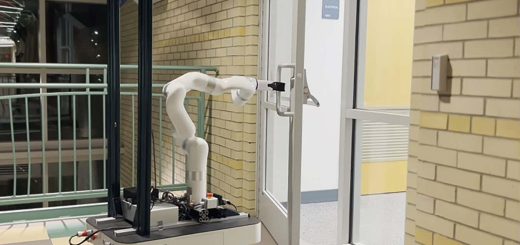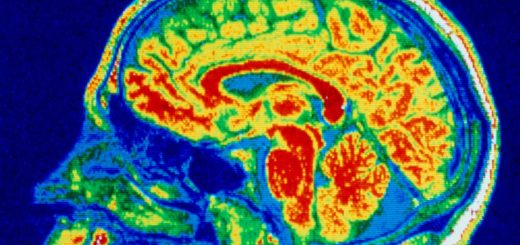A type of brain cell helps explain the calming influence of mothers
Mouse pups have increased activity in certain neurons in the centre of their brains when they interact with their mothers, which is linked to them showing fewer signs of distress
By Conor Feehly
25 July 2024
Researchers studied mice neurons in a part of the brain common to all mammals
Klein & Hubert/naturepl.com
Scientists have identified neurons that are active when mouse pups interact with their mothers, appearing to reduce their distress. The same neurons may also be involved in human mother-child bonding.
The zona incerta, in the centre of mammal brains, is thought to be involved in integrating sensory information. Studies in mice suggest its role changes as they develop. In infants, neurons within the zona incerta send information to other brain regions, such as the cortex, to inform neural growth elsewhere.
With its role seeming to shift, Yuexuan Li at Yale School of Medicine and her colleagues wondered whether this brain part is implicated in establishing mother-infant relationships.
Advertisement
Read more
Babies with bilingual mothers have distinct brainwaves at 1 day old
To investigate, they first assessed what neurons in the zona incerta become active when pups still reliant on milk interact with their mothers. This involved surgically implanting a fibre-optic probe into some pup brains. Through this, the researchers could detect light emitted when neurons fired up.
They found that the neurons that fired up express the hormone somatostatin, which regulates several bodily functions by hindering the release of other hormones, such as the stress hormone corticosterone.


